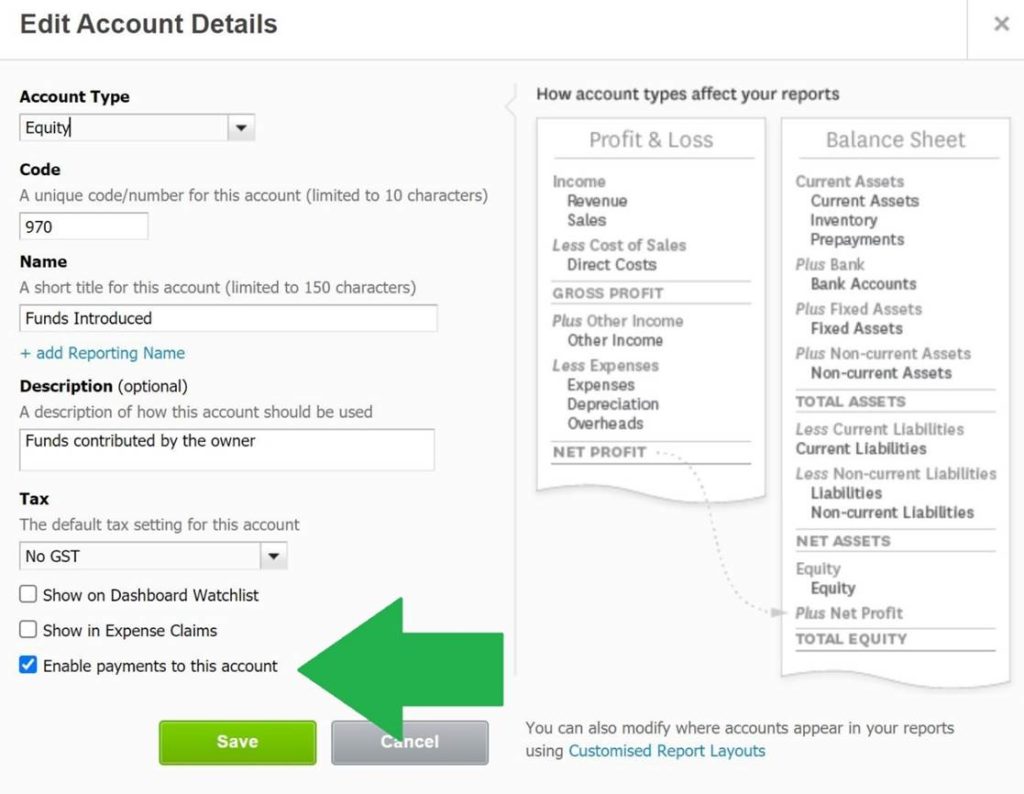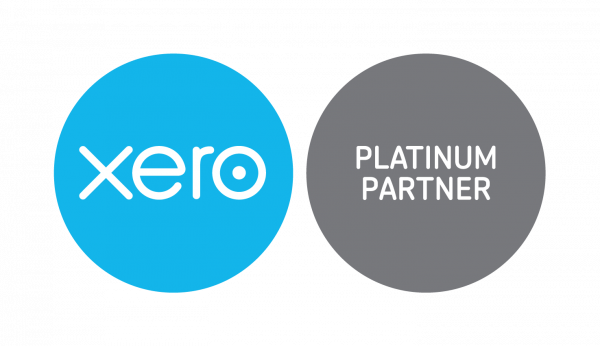Owner's Equity, Funds Introduced and Drawings in Xero

Before I completed the Diploma in Accounting a few years ago now, I always found it confusing to understand what Owner’s Equity is, as well as the meaning of Funds Introduced and Drawings. I’m still not an accountant (and have no plans to become one), but many of my clients have said to me that my simple explanation helps them understand. This is not a complete explanation of Owner's Equity (balance of Assets less Liabilities) but the part that many clients find useful on a day to day basis.
Part of Owner's Equity is what you might have invested in the business when the company started. The amount will be a positive amount on the company balance sheet showing under Owners Equity.
This amount can also represent whether you owe your company money, or your company owes you money.
Then over time the company might make profits (Owner's Equity goes up), you might take money out of the business (Owner's Equity goes down), or add more money in (Owner's Equity goes up), and your business might also take out loans from others (Owner's Equity goes down)..
All these things contribute to the Owner's Equity figure on your Balance Sheet - the balance of Assets, less Liabilities in your business.
Drawings and Funds Introduced
Drawings and Funds Introduced are General Ledger Codes used to record when money is moving between you personally and your business. Each time you do this, it will affect your Owner’s Equity.
- Drawings – Money coming from the Business to you personally
- Funds Introduced – Money coming from you personally into the Business.
Even if you are a sole trader, you might still use Drawings and Funds Introduced to record when transactions are moving between business related and personal to make it clear what should be included in your financial statements for your business.
Using the two accounts Drawings and Funds Introduced is kind of an accounting convention. You could argue that if money is coming in and out, and you code it all to just one account, then it will cancel itself out. This is true, but the convention is to show how much has come in separate to how much has gone out.
Transfers
Transfers in Xero are used when money is moving between two accounts that are both in Xero. It doesn’t matter whether the transaction is a business or personal transactions, if the money is moving between two accounts both in Xero, then it’s a Transfer.
When money is moving from an account within Xero, to or from and account outside Xero, that’s when to use Drawings or Funds Introduced.
Tip: A common error with Transfers in Xero is to create accidental duplicates. You only need to create a Transfer from one account in Xero, not both accounts. So start with one account and create the transfer – then switch into the other account and the transfer should pop up in green ready for you to reconcile. If it doesn’t, then you haven’t done it correctly.
What if you have a personal bank account feeding into Xero, that also has business transactions?
If at all possible, it is clearer and cleaner if you have a separate account for business transactions. If you mix personal with business in one account, then you might choose to bring that account into Xero to keep track of the business related transactions. In this case all the personal transactions will be coded as either Drawings or Funds Introduced.
If you have a bookkeeper, it might not be easy for the bookkeeper to immediately see which transactions are personal and which are business. There is more chance of errors happening.
What if you spend money for the business from a personal account that isn’t feeding into Xero?
On the other hand if you spend money for the business from a personal account then it still needs to be recorded in Xero, so you can claim it. Here are a couple of ways to do this.
Firstly, you could do a transfer from your business account back to your personal account to reimburse yourself for the expense. If you do this, you will then have a bank statement line in Xero you can reconcile to the expense account. It’s important to keep the receipt and attach it to the transaction (especially if over $50) as the bank statement line won’t provide any information.

Secondly you could photograph and email the receipt into Xero to create a draft bill. You can then approve the bill, scroll down the bottom and mark it as paid, using "Funds Introduced" as the account being paid from, rather than being paid from a bank account. Tip: if "Funds Introduced" does not appear as an option, just go into the General Ledger and edit Funds Introduced to "Enable Payments To This Account". It’s a tick box you’ll see.
What is Owner A – Drawings, and Owner A – Funds Introduced?
This is simply a Xero naming convention for the default accounts. If you are the sole director / shareholder then you might want to change Owner A – Drawings and Owner A – Funds Introduced to your own name "Helen Smith – Drawings", and "H elen Smith – Funds Introduced". If there are multiple shareholders then it’s a good idea to set up extra accounts for each person so it’s easy to keep track of who’s money came in or went out.
How to best configure Xero for your business
Living Business can help you find the best way to use Xero and get the most out of your business software . Talk to a Xero expert.
